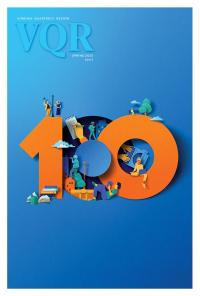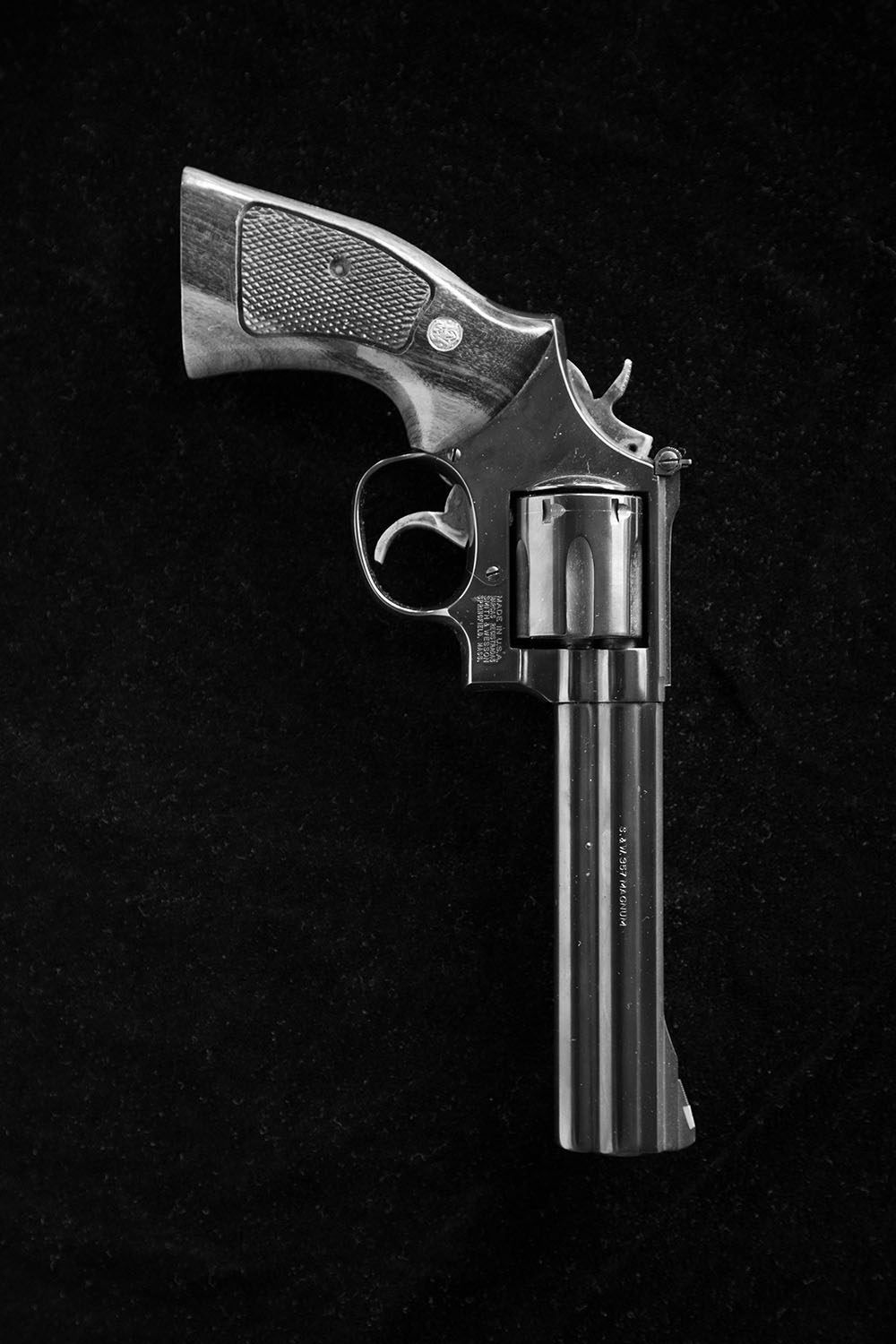Bryce Andrews is the author of Holding Fire (Harper Collins, 2023) and Down from the Mountain (Houghton Mifflin Harcourt, 2019), which won the Banff Mountain Book Competition and was a Montana Book Award Honor Title. His first book was Badluck Way (Atria, 2013).

